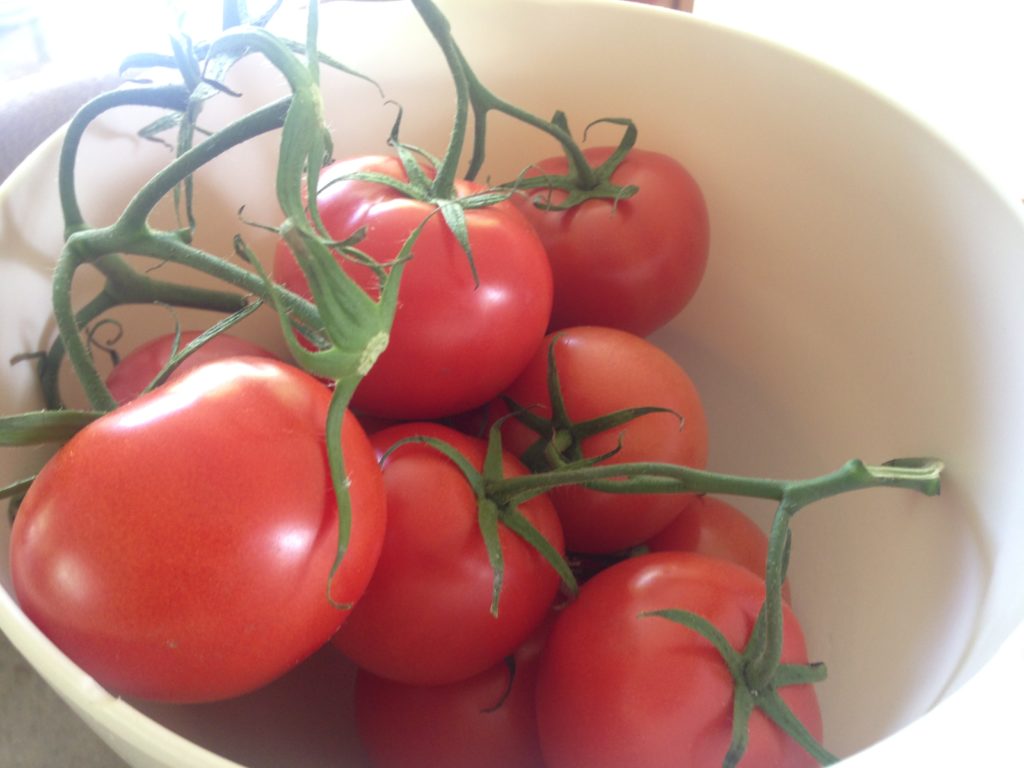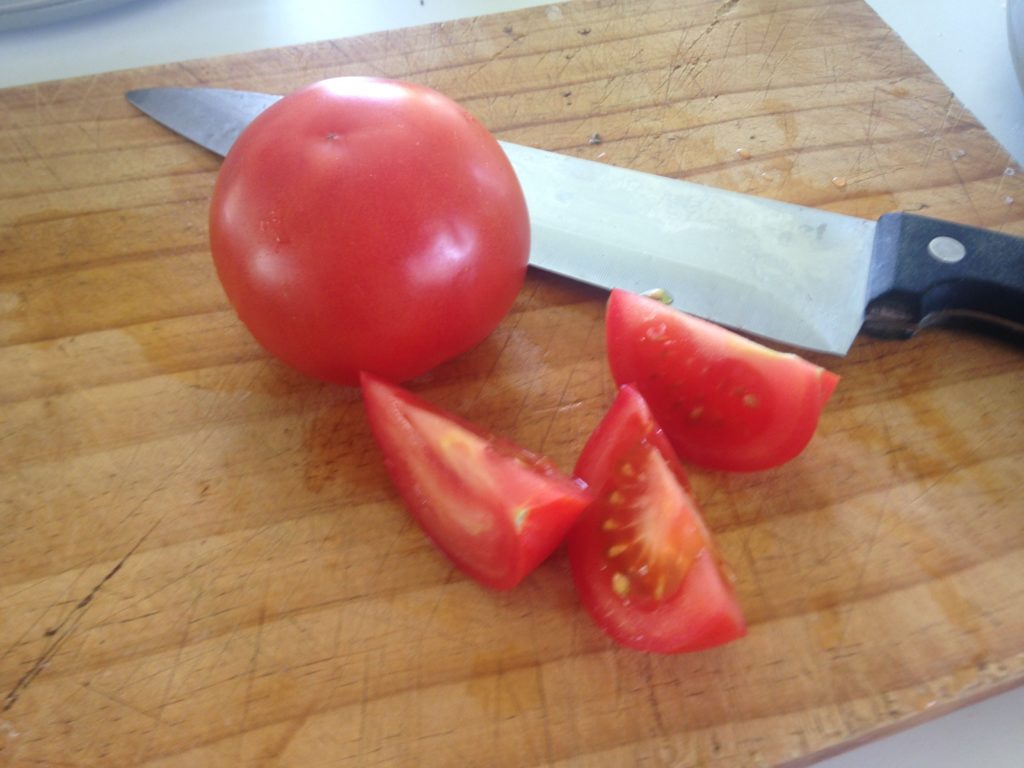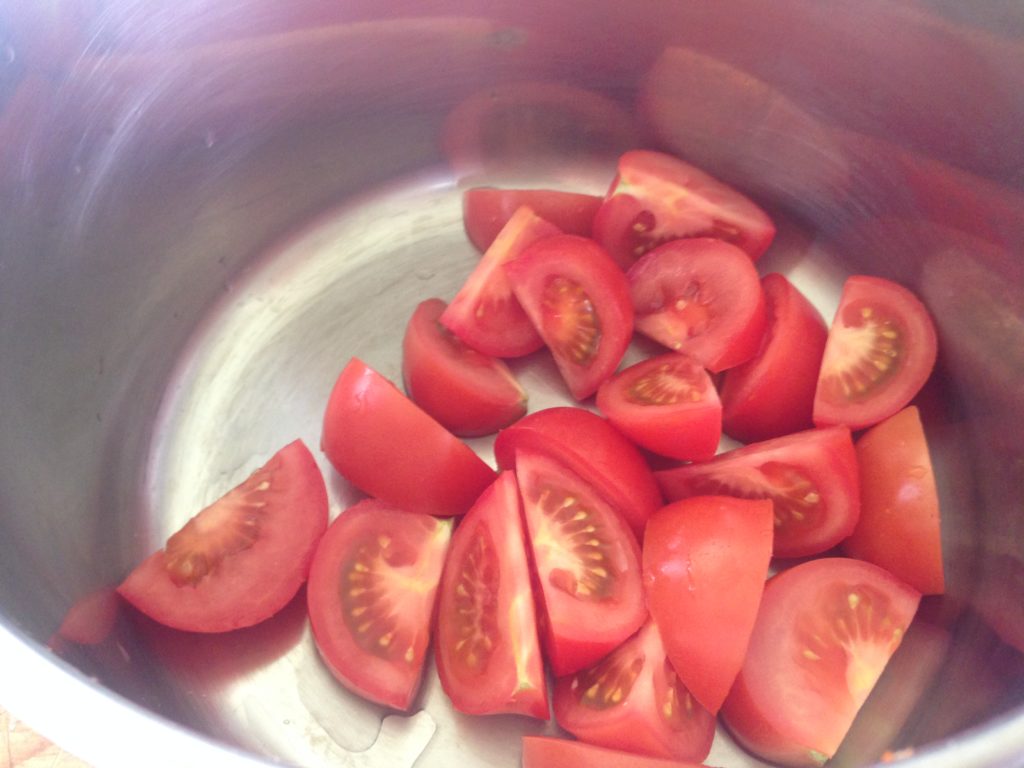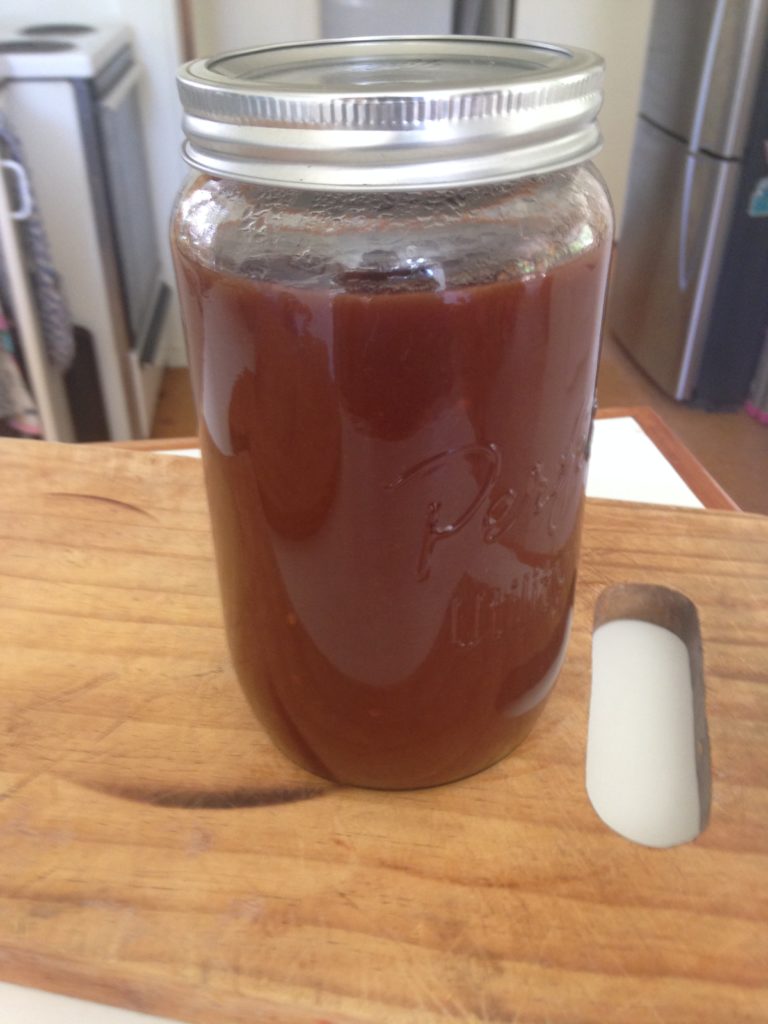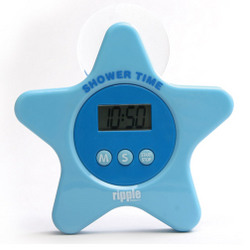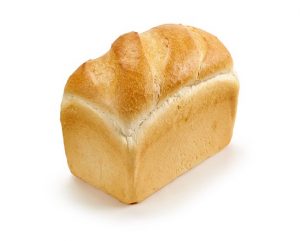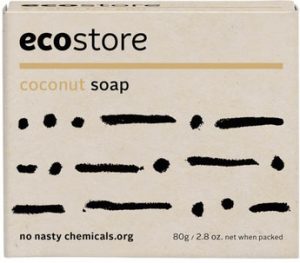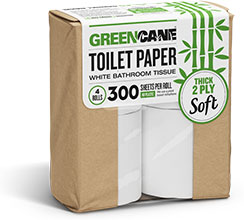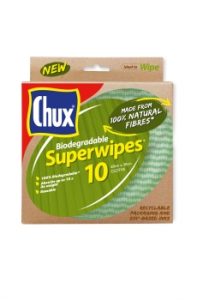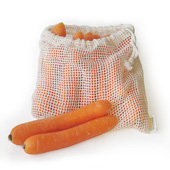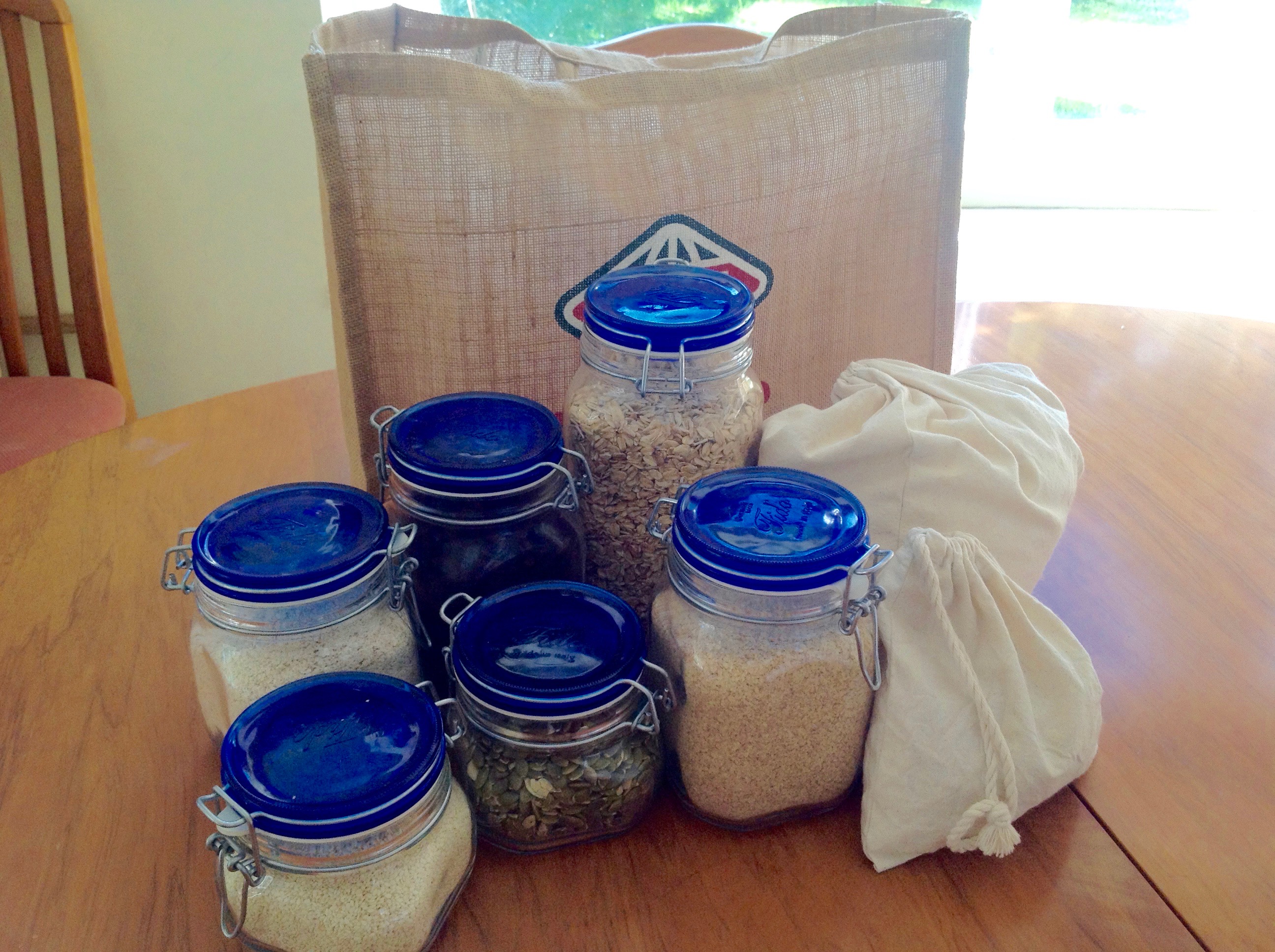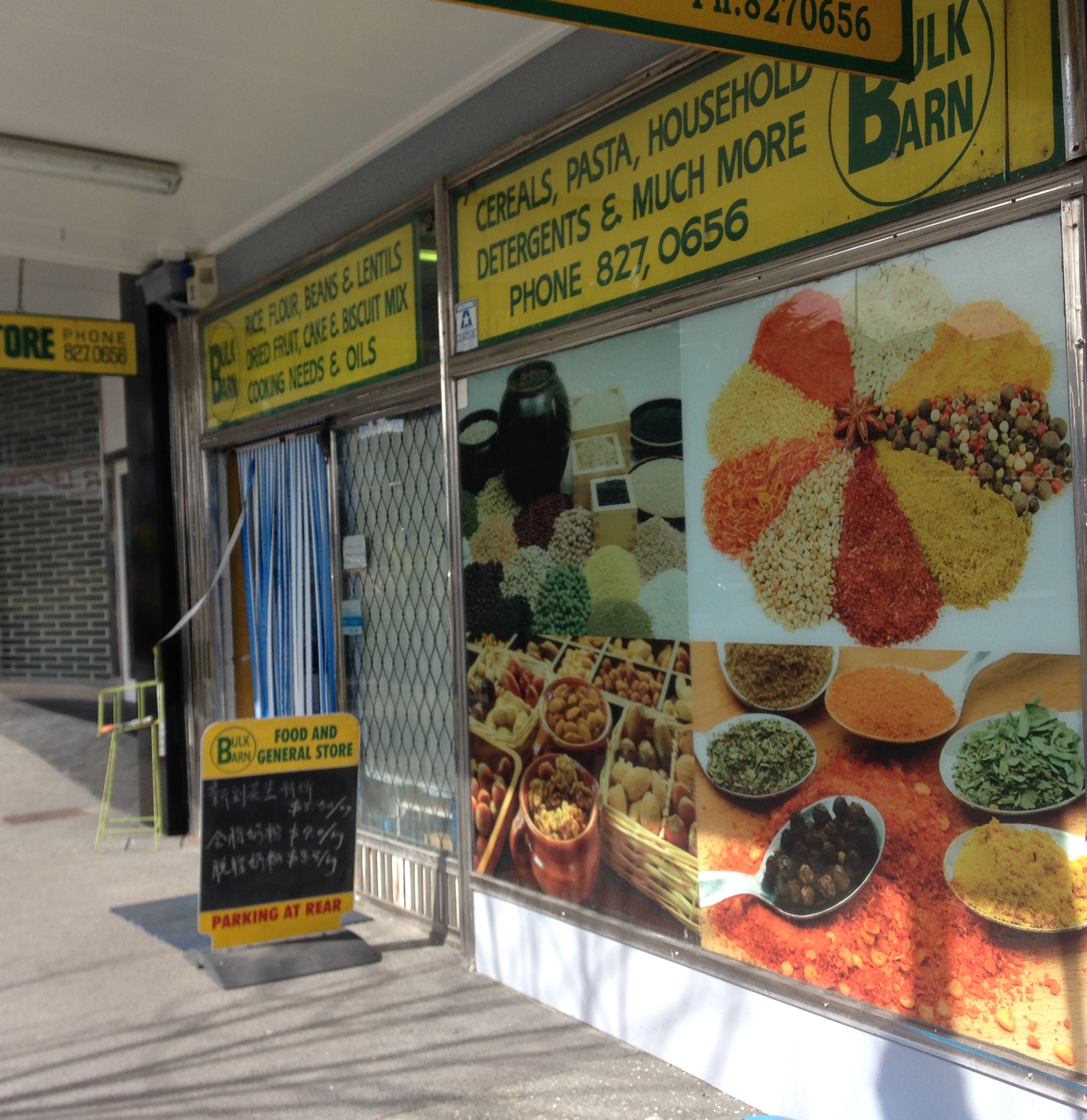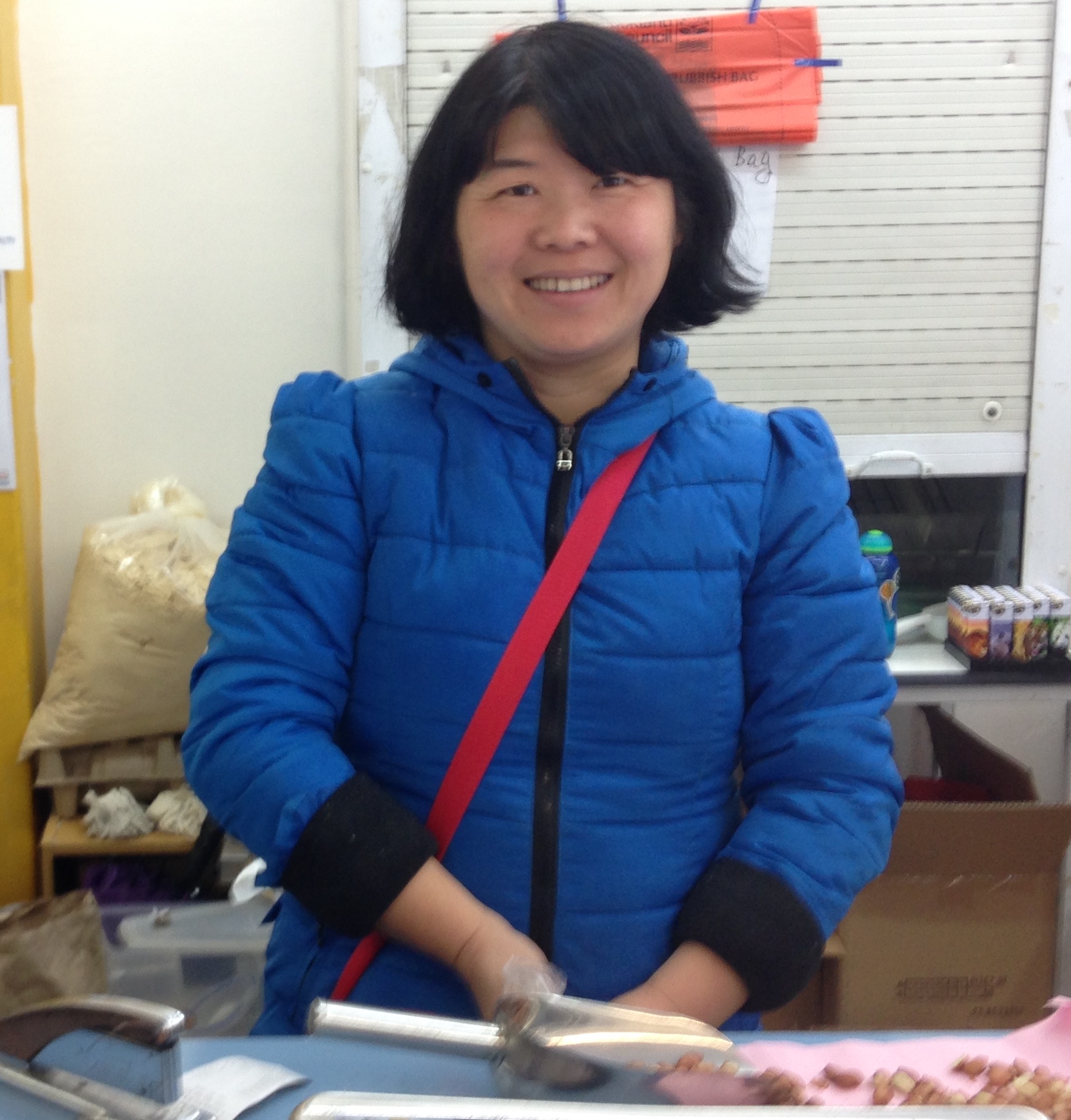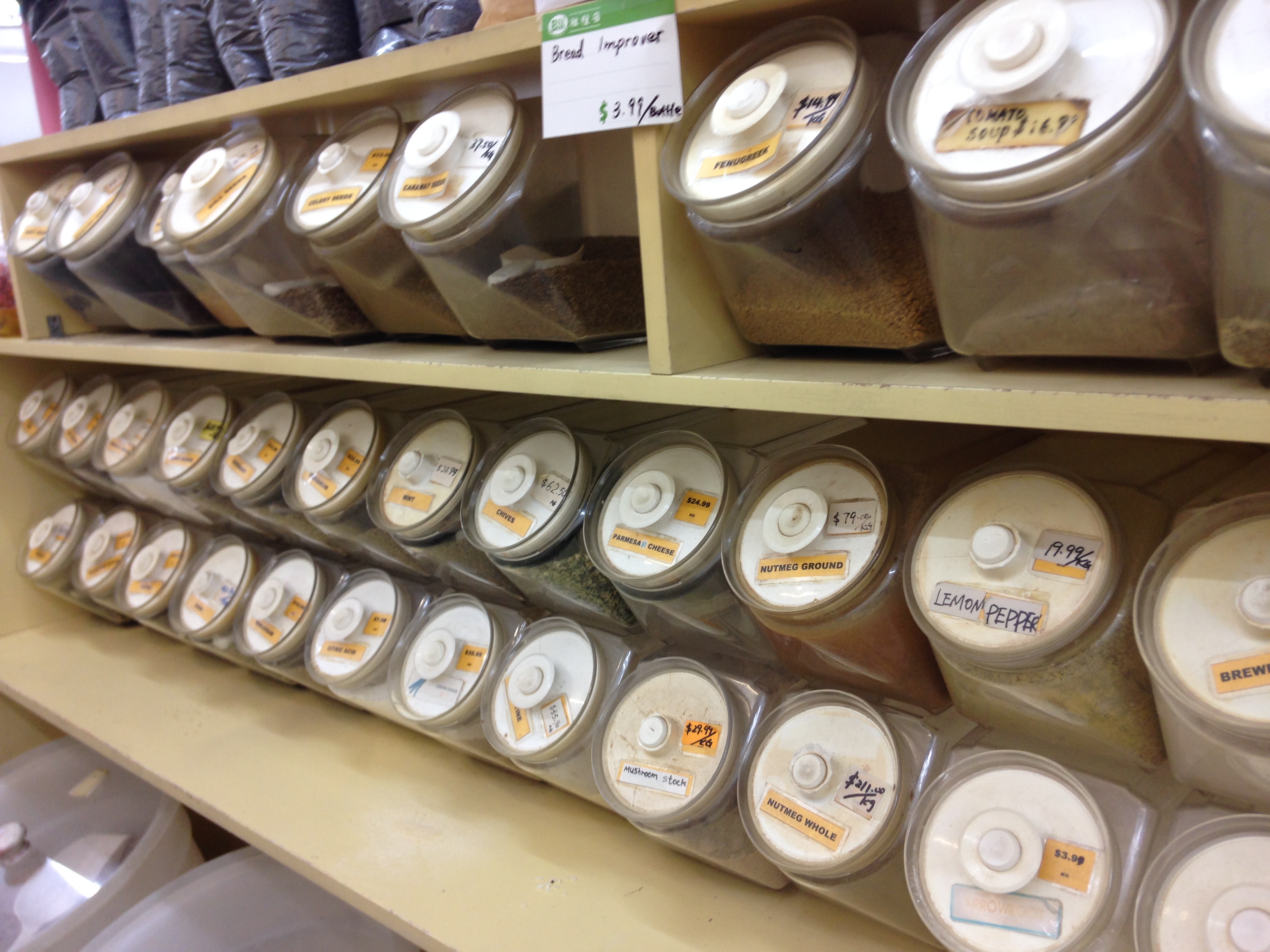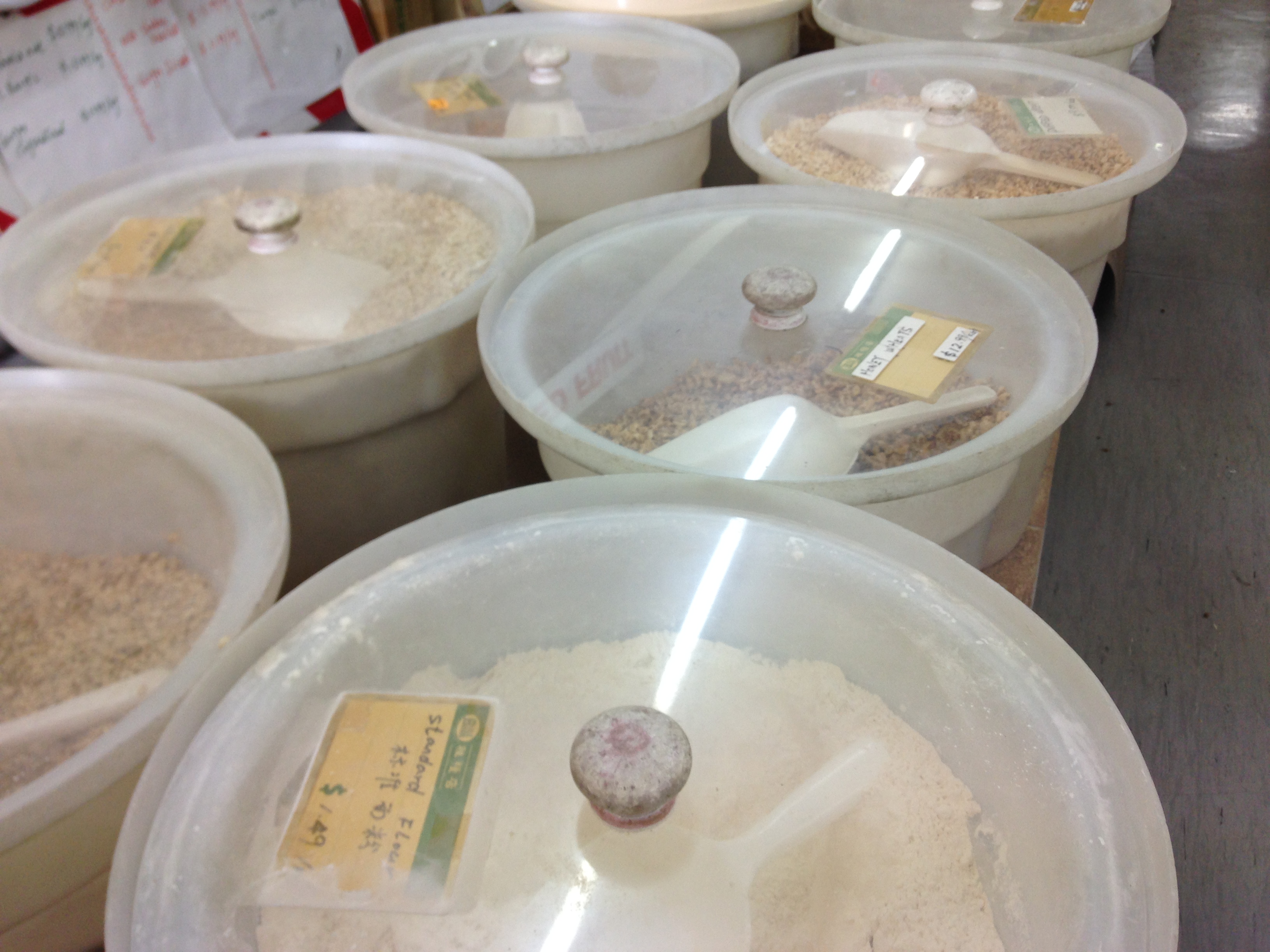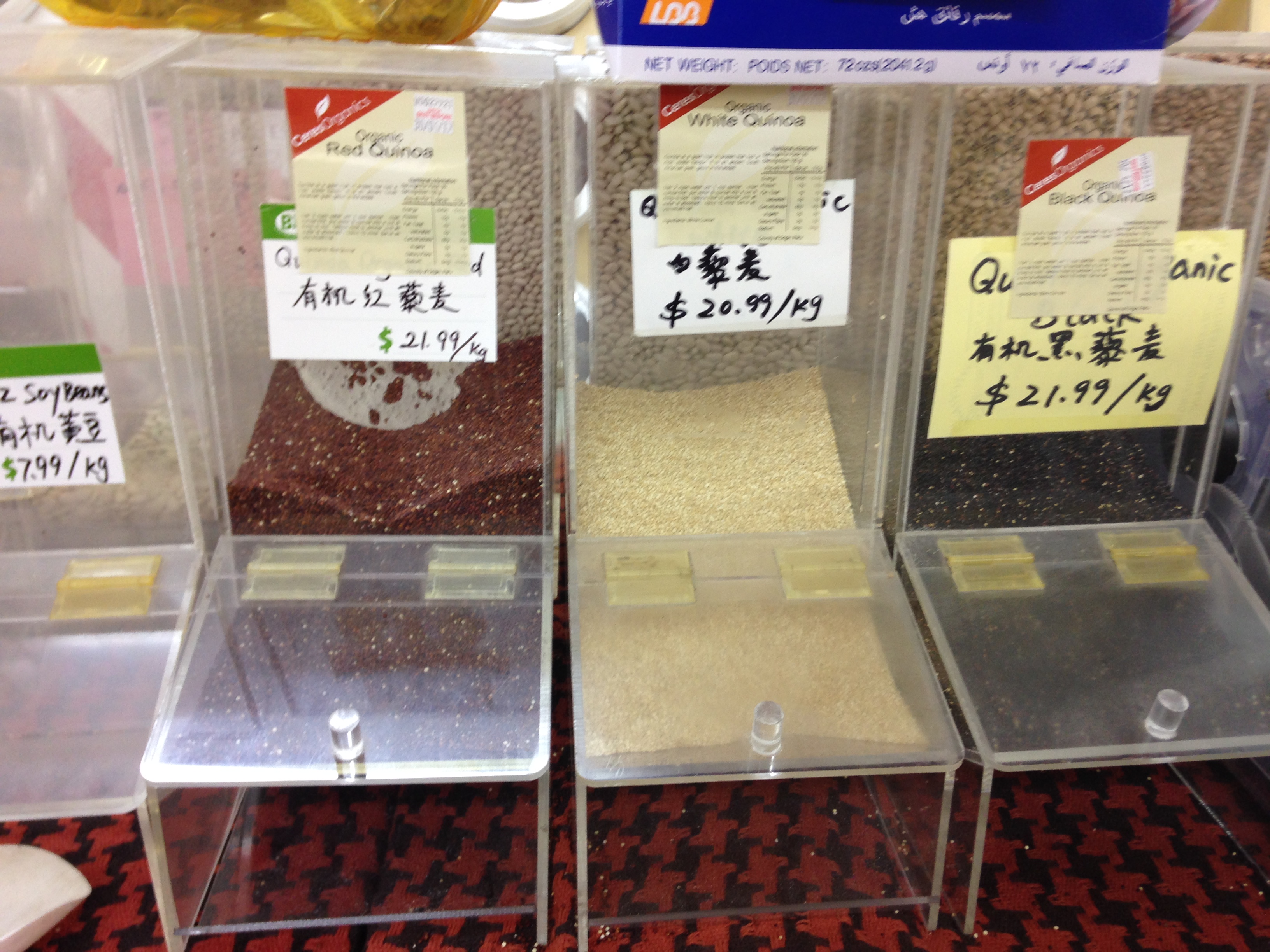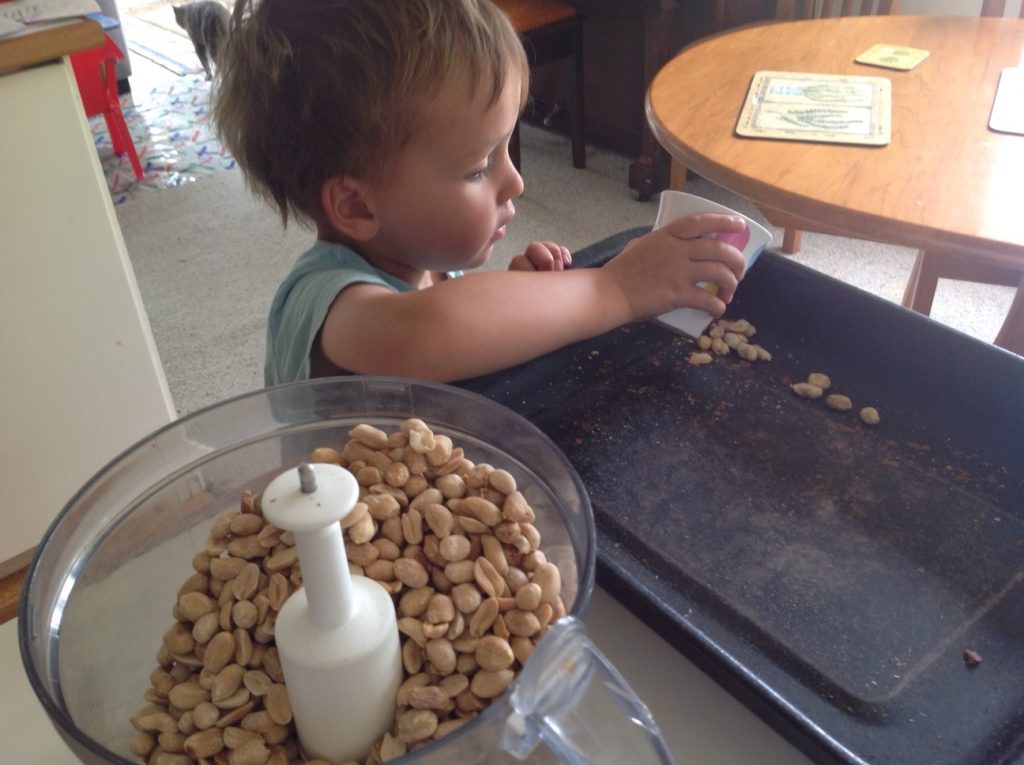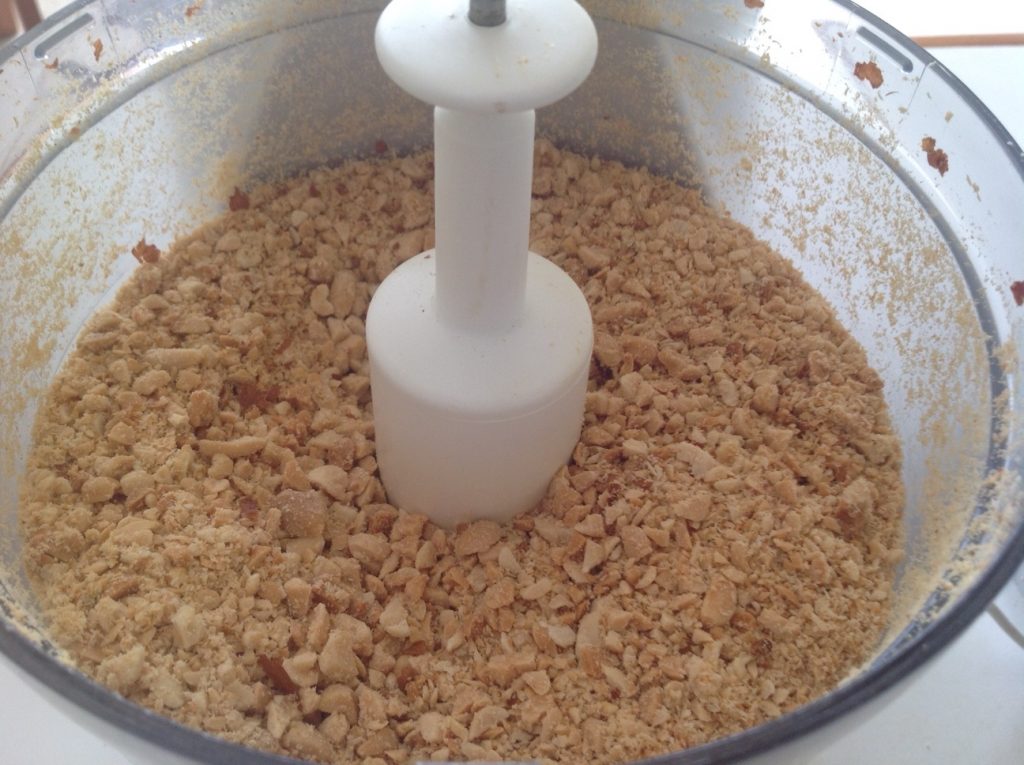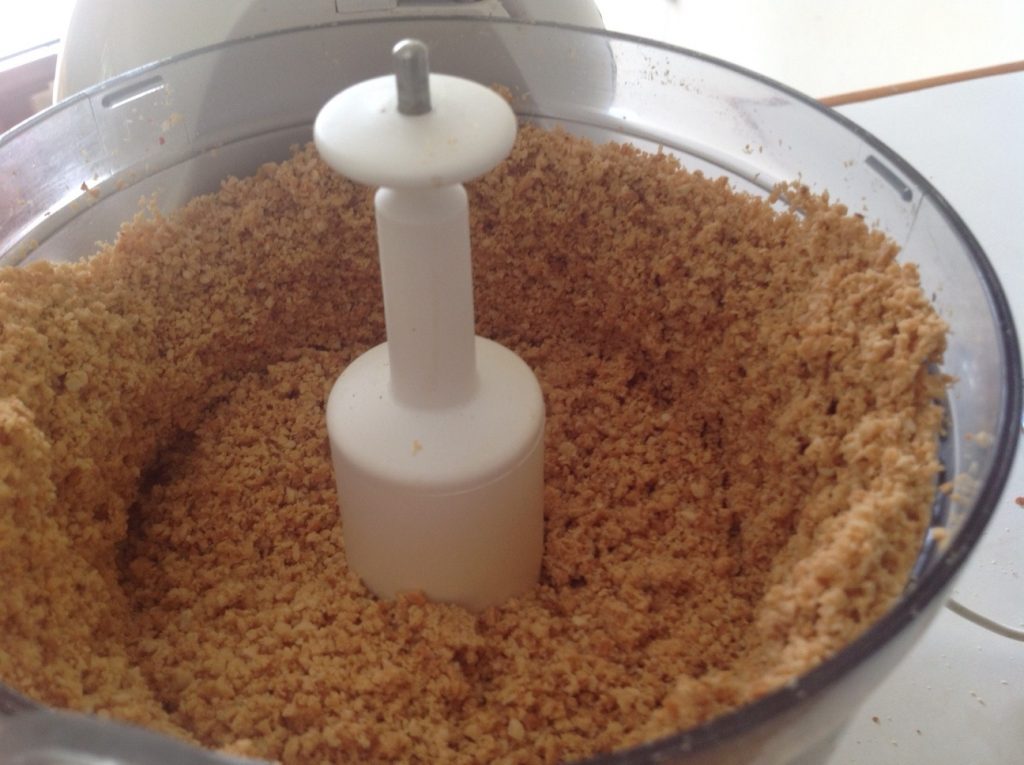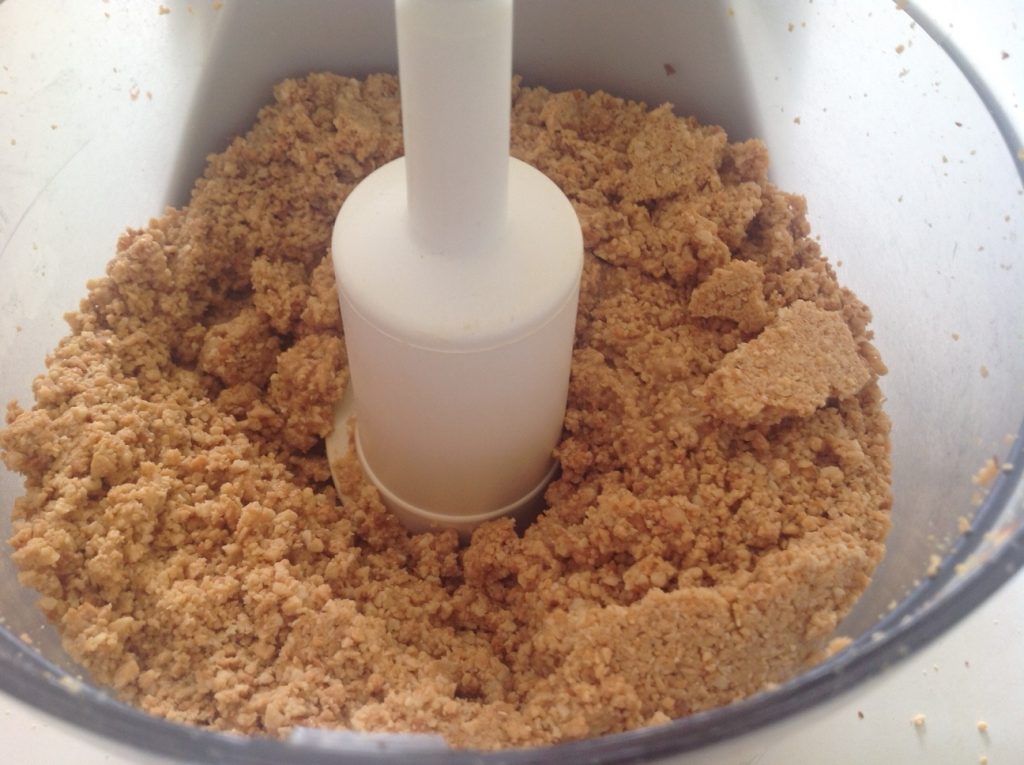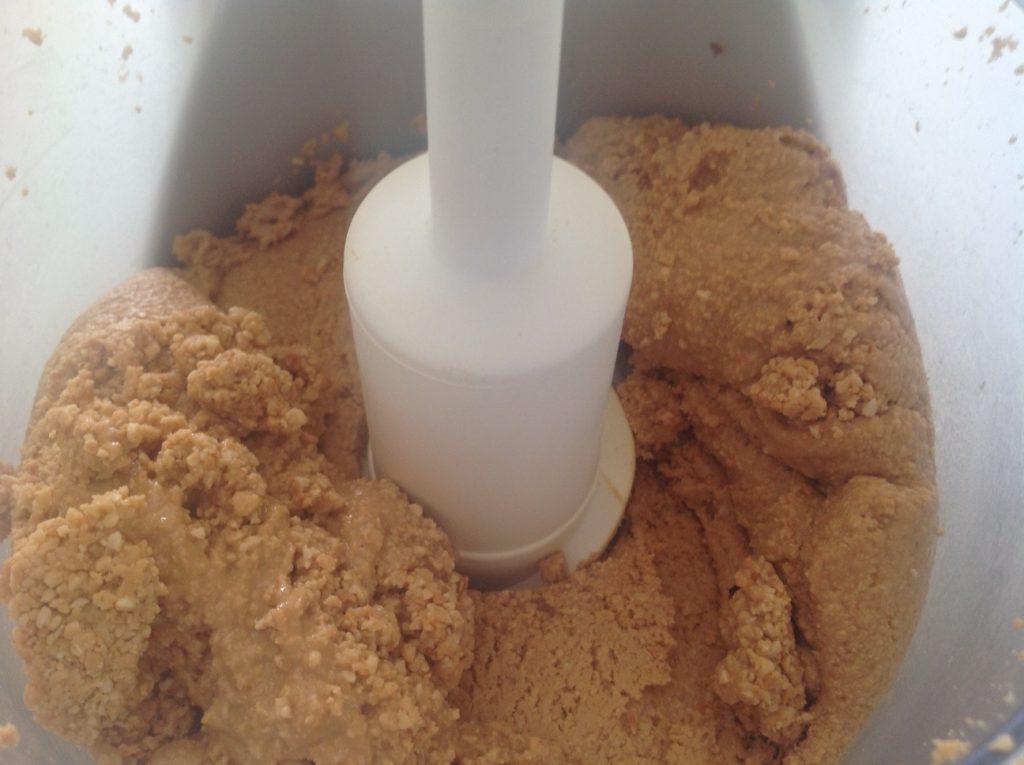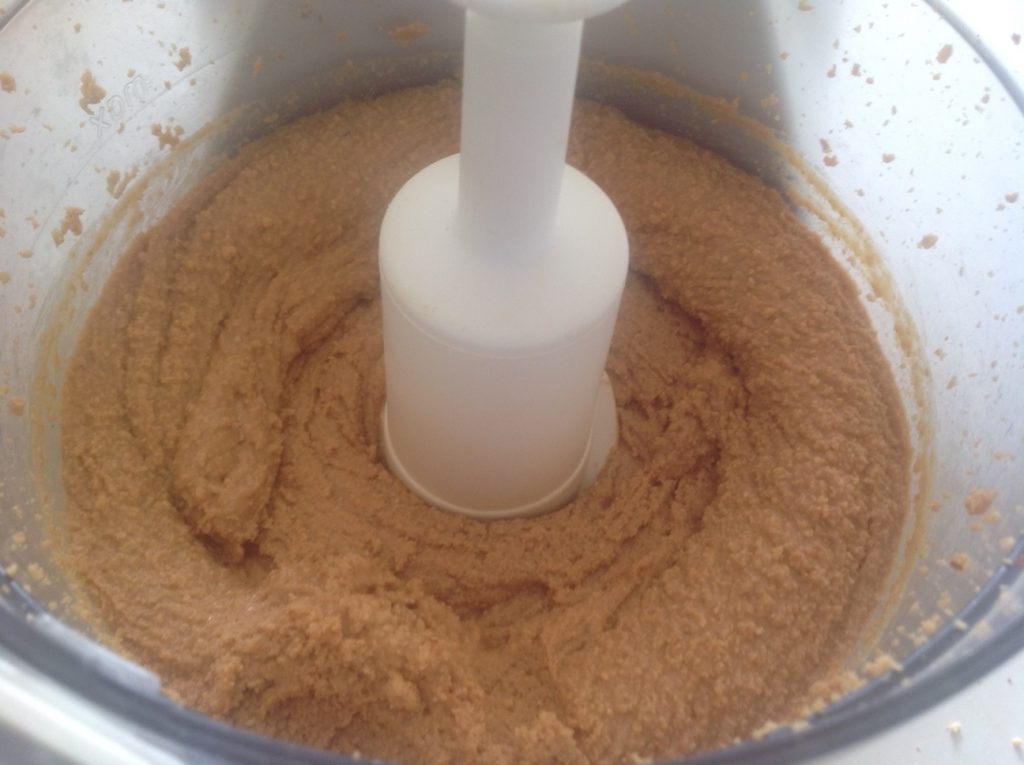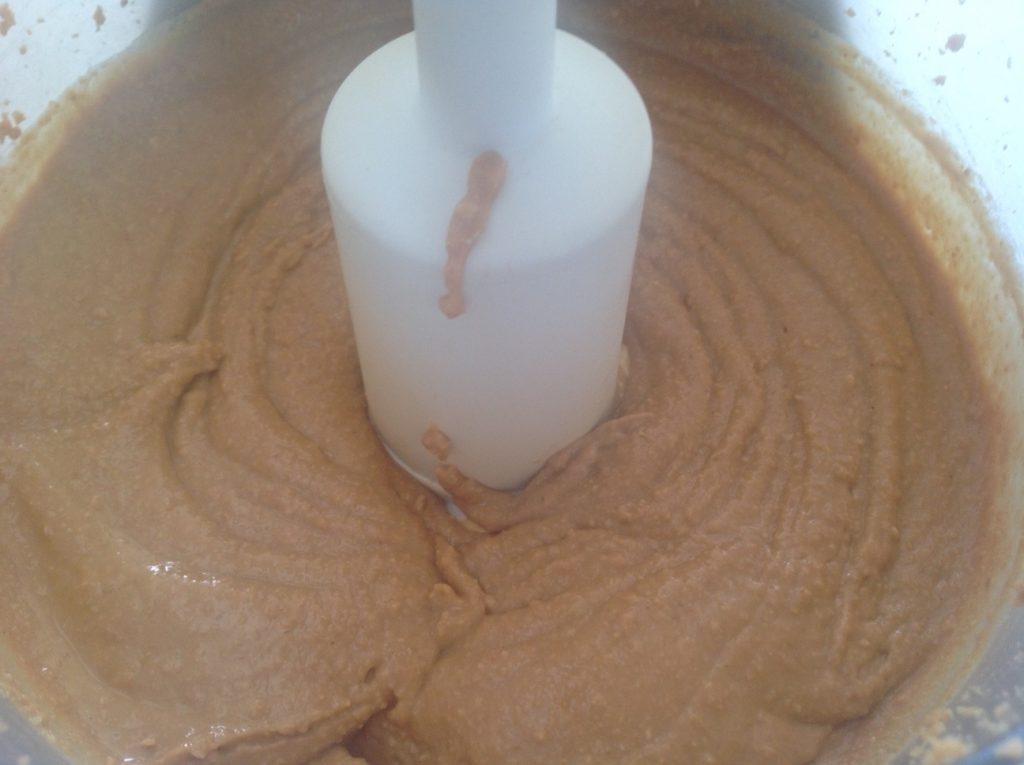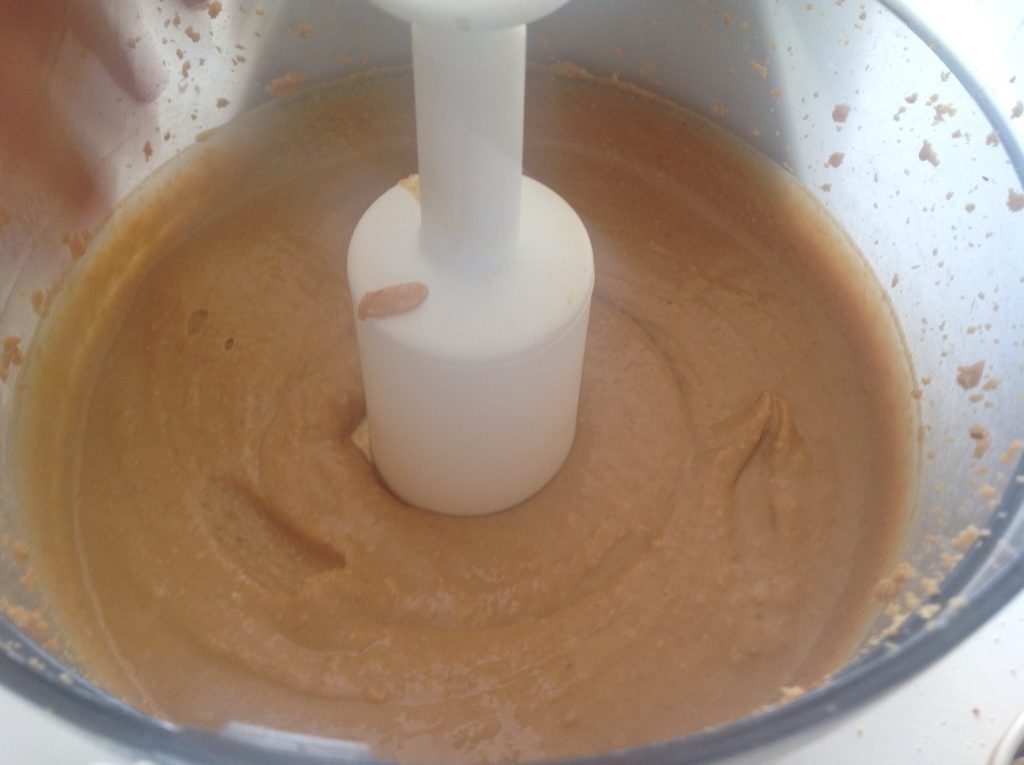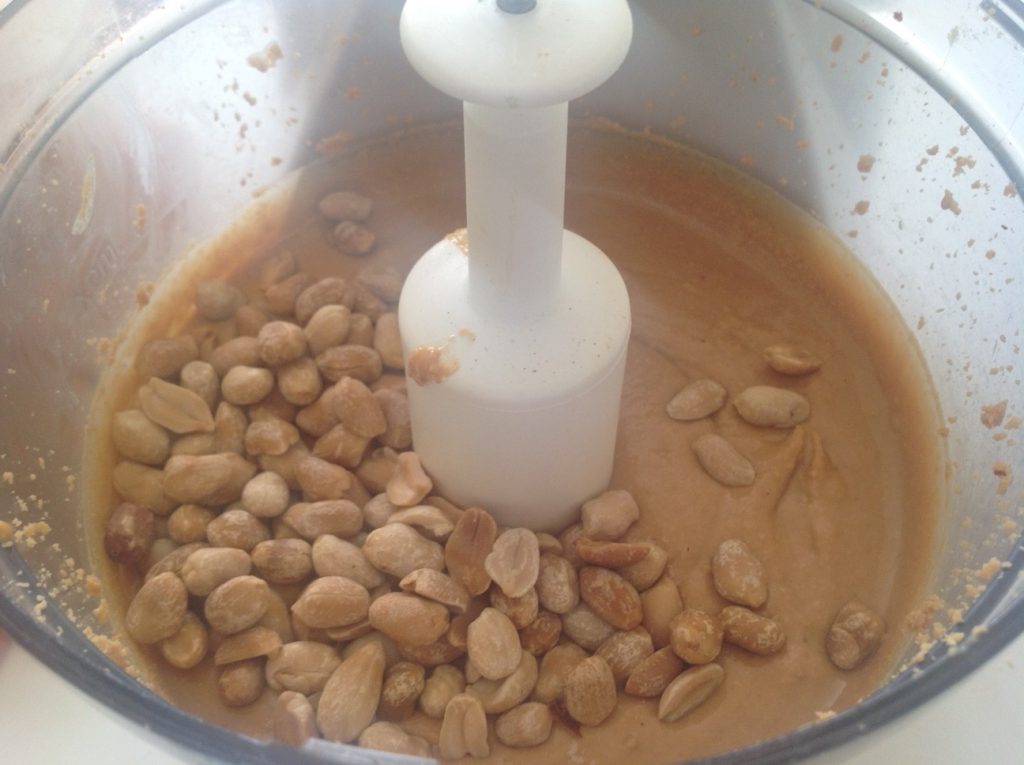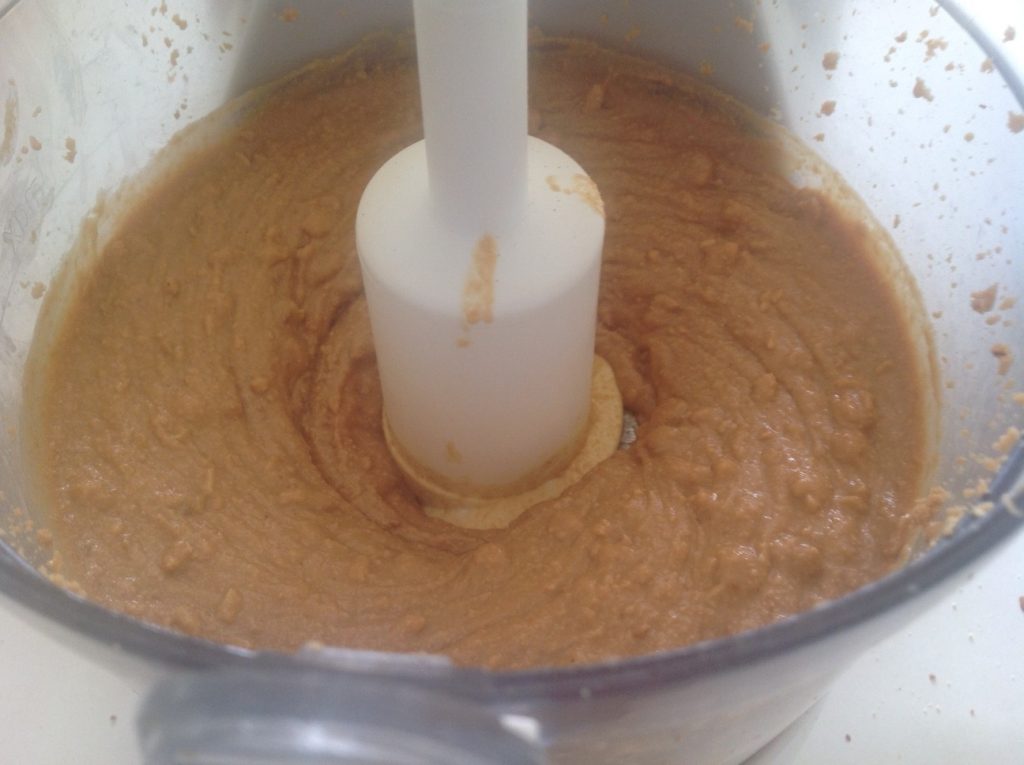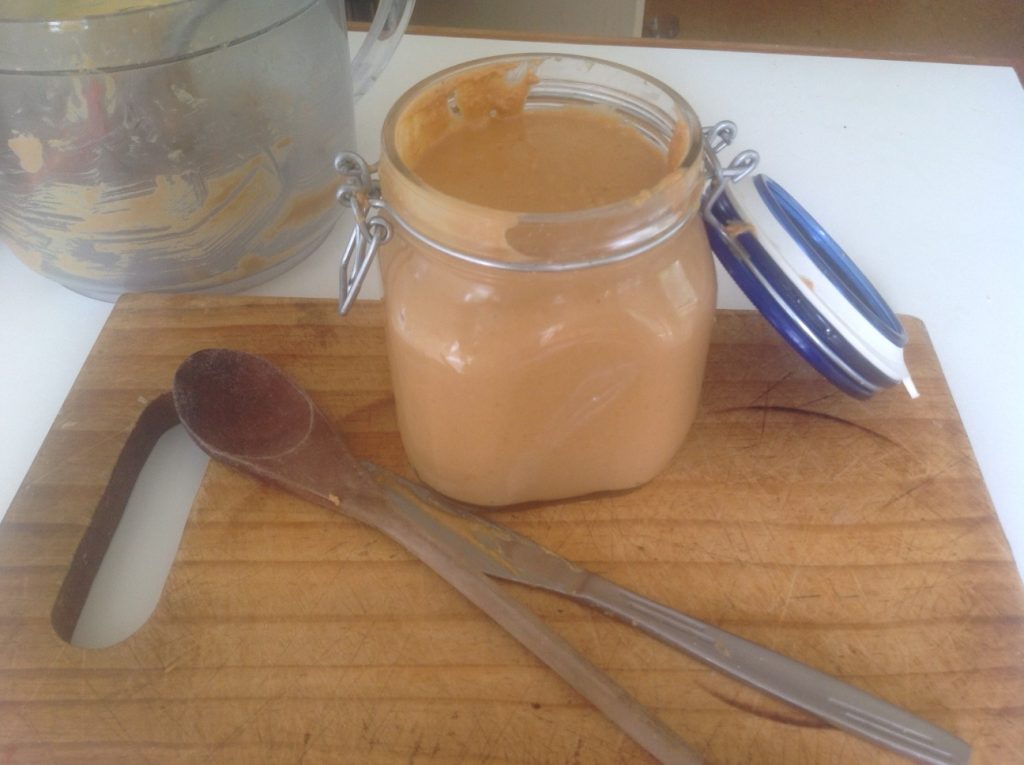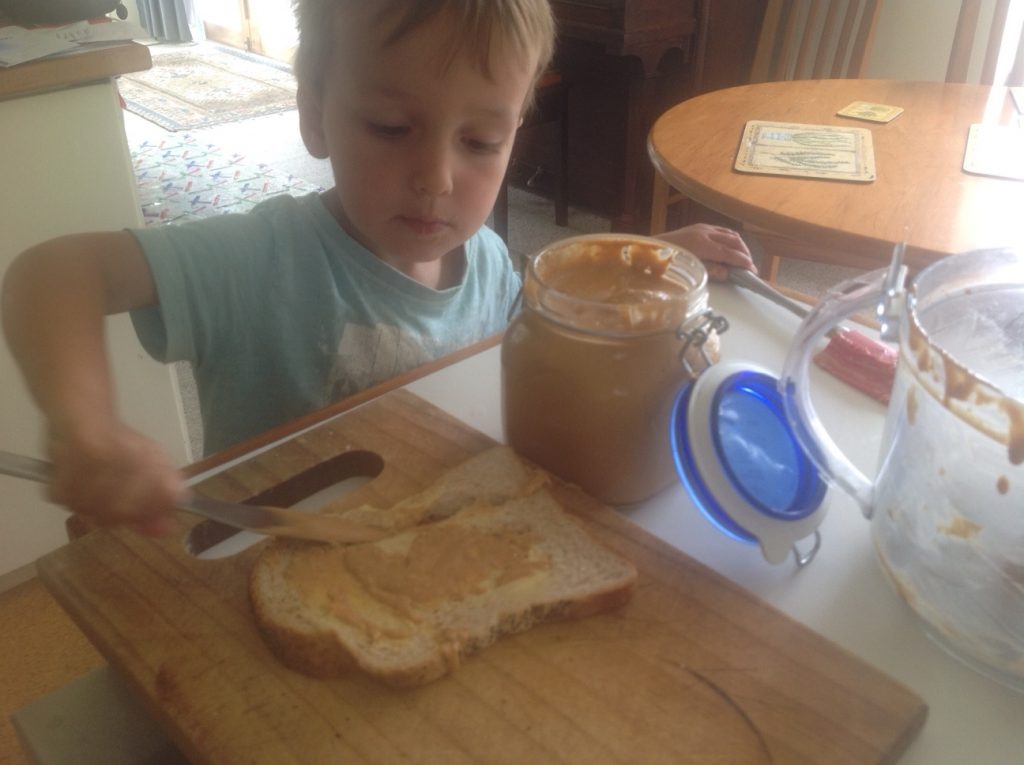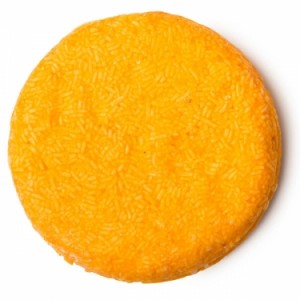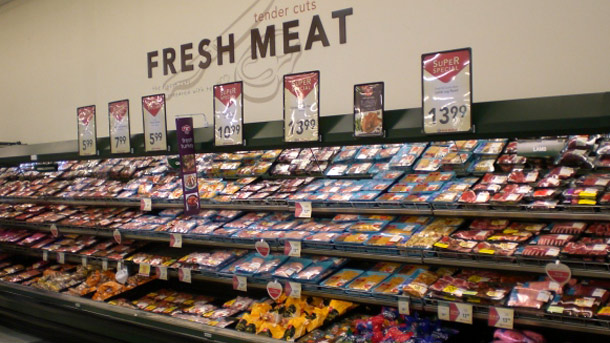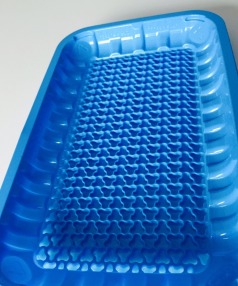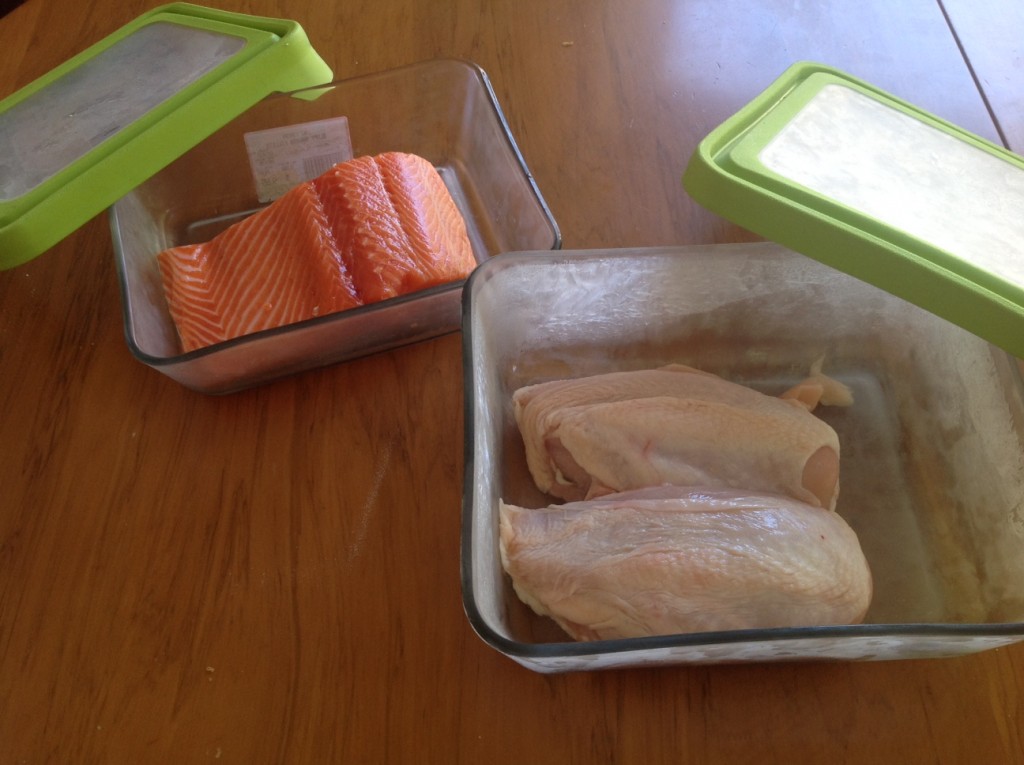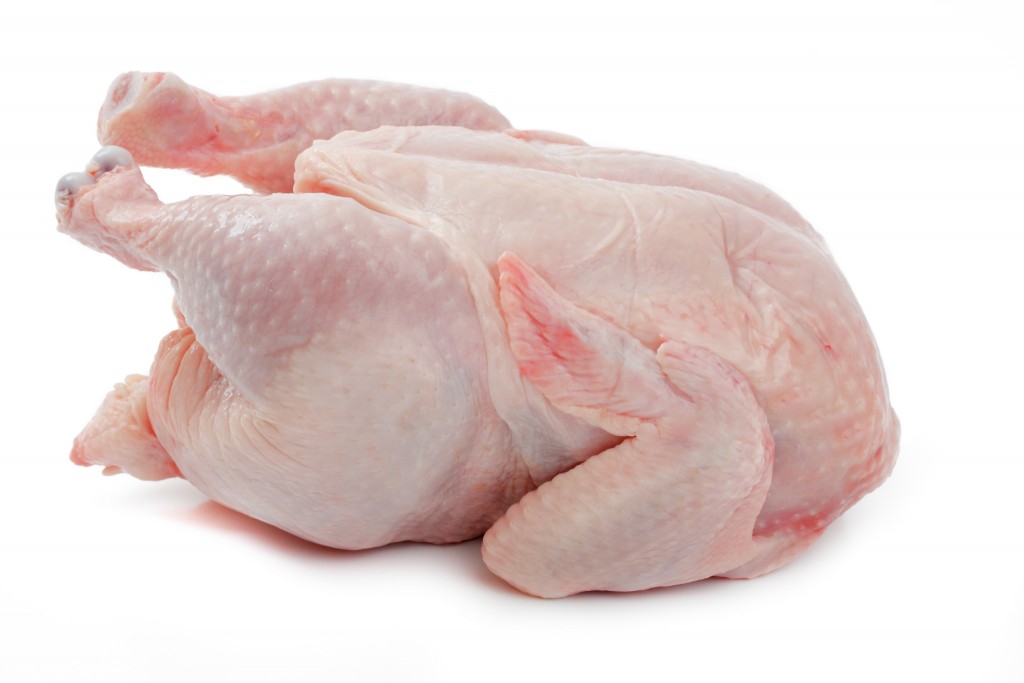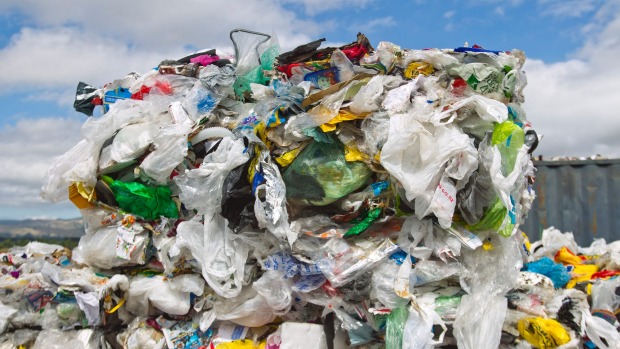Isn’t it odd that our culture celebrates with things that are not good for us or for the planet? And here I’m thinking about sugar which comes out a birthdays, Christmas and any other celebration, and I’m also thinking about the waste, especially wrapping paper, that is associated particularly with Christmas.
Our Christmas broke many of my sustainable guidelines, though I had some successes too. In this post I list what we did well and what we could have done better: I have not yet gone so far as to put constraints on what others choose to give me or our family as gifts, I can’t help but think that to do so is bordering on rudeness. My family know of my endeavours to be environmentally friendly and I think it is up to them to buy what they think is appropriate. So the following predominately talks about the efforts of our immediate family unit rather than that of the extended family.
Here’s what we did well:
We bought less
We decided as a wider family to give gifts only to children, plus each adult gave to their spouse or partner. This was the first year we had done this and I found it an immense relief not to have to have buy gifts that are gratuitous at best, unwanted at worst.
We minimised the amount of plastic toys we gave to our children.

Christmas Stockings – post Sant’s visit
We bought the kids coloured wooden blocks from Haba. These are very good quality if rather pricey. They also got:
- Togs
- a snorkel and mask set (in plastic packaging)
- a wooden toy plane (in a cardboard box with a plastic window)
- a wooden train (arrived shrink-wrapped in plastic)
- an Elsa dress and gloves (arrived via courier in a plastic courier bag) The dress is polyester.
- Small plastic owl-shaped torches
- Underwear
- Books: reading books, activity books, and sticker books
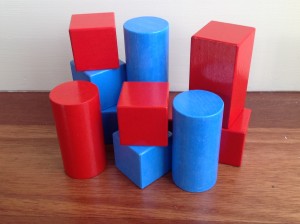
I find Christmas is a good time to buy the kids things they need like underwear, togs, clothes, colouring books and pencils.
In spite of this as a goal you can see that plenty of extra plastic arrived in our house despite my efforts to buy wooden items wherever possible. I suppose, being polyester, the Elsa dress cannot be counted as an environmentally friendly purchase. The only way to have avoided this would have been to make one myself, but then making it out of cotton would not look quite as pretty, and it’s a bit too costly to start making children’s dress-ups out of ‘real’ pretty materials like silk. This is one of the many ‘how far do you go?’ challenges I am constantly faced with. Although I am aware of the many downsides of the cheap clothing trade, I have not yet embarked upon changing my buying habits. But I digress.
Avoiding courier bags is another difficulty. Many items I buy on the internet is most likely to arrive in a plastic courier bag. I could perhaps request non-plastic packaging? I’ll try this next time.
The owl torches are plastic, but on the up side they have no batteries and instead are charged by a dynamo in a wing. I’m hoping they will last.
We re-used christmas gift bags
I have managed to accumulate an amazing number of gift bags and we were able to re-use these. I didn’t buy any christmas wrapping paper this year but only because I had lots left over from last year. I also used standard Sellotape as again I had some already.
We bought a real Christmas tree

In my childhood we had a tinsel tree which was stored in a box all year and excitedly brought out of its hiding place once a year for its 3 or 4 weeks of glory, however since I’ve had my own home and family I have always bought a real pine tree. As well as being non-plastic, there is a practical reason for this: I truly do not have space in the house to store an artificial tree. So it is we stick with a real pine tree each year.

Gingerbread men

Gingerbread house
We baked our own Christmas treats – With the children’s help I made a Gingerbread house, gingerbread men as a gift for their cousins, shortbread, Apricot Slice (very like this one), and Chicken Liver paté. On the down side I did use a packet of store-bought Malt biscuits for the apricot slice.
What we could do better next year:
Make material gift bags – This is something I’ve long thought of but never got around to. It’s a great idea though, to make fabric bags, perhaps with a drawstring, that can be re-used over and over.
Use washi tape in place of sellotape – In the future I’m keen to use Japanese paper tape, known as washi tape, in place of sellotape. This appears to have all the benefits of sellotape with none of the down sides, and as a extra bonus is can be very decorative. 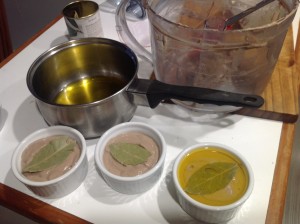
I’ve found a New Zealand site called Wishy Washi which sells a good range and will get some in the near future (must remember to request no plastic packaging.)
Reduce what we buy the children – The kids did really well at Christmas in spite of me consciously reducing what we gave them as parents. In addition to everything we bought them, they got gifts from cousins and grandparents, so I think next year we may be able to reducewhat we give them even further.
Learn how to make malt biscuits – so we can use these in the apricot slice. As i mentioned above, I resorted to buying malt biscuits for Note that this slice is no very good that not making it is simply not an option: we simply need to find another way.
R
